If you’ve visited the Conservancy’s administrative offices at Hines Hill Center, you’ve probably noticed them: large, stone faces glaring down at you from the tops of buildings, elaborate stone walls, or stained-glass windows peeking around corners.
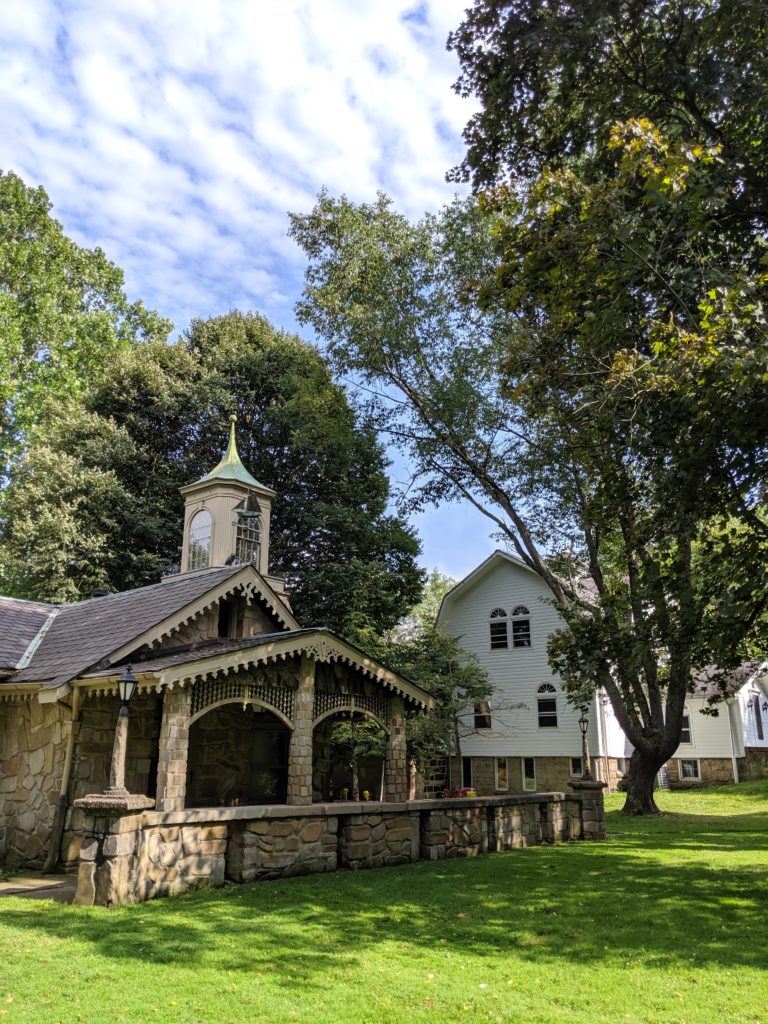
What’s the story behind these unusual pieces of decoration? The answer involves a demolitions contractor, a psychiatric building, and a Cleveland high school.
The Beginning
The Hines Hill property was originally built in 1904 as a summer home for the Jaite family, who owned the Jaite Packaging mill just down the road. During the summer months, they enjoyed a spacious house (now the home of our administrative offices), as well as a barn (now the Hines Hill Conference Center) and a chicken coop (now the Stone Cottage).
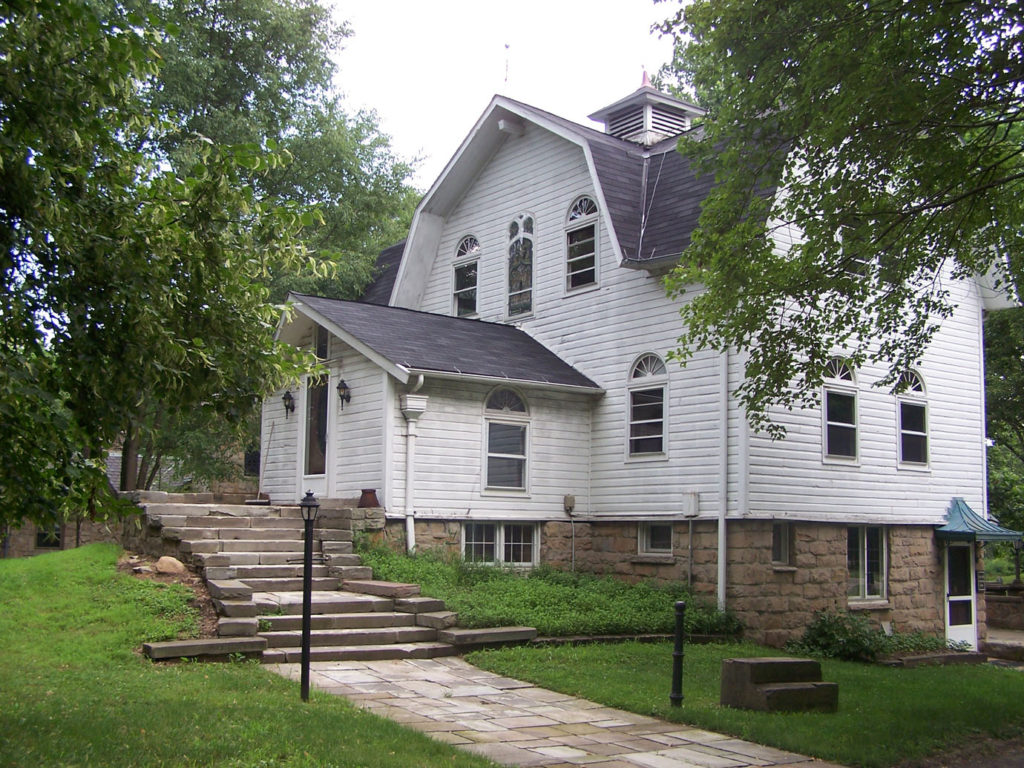
Imagine yourself walking across the grounds in summer, maybe stopping to pull weeds in the vegetable garden outside the chicken coop, or listening to the chickadees singing in the treetops. It must’ve been a perfect retreat from the hustle and bustle of the paper mill!
Patching Together Hines Hill
The Jaite family eventually sold the house, and it passed to several owners in the years following, including the president of Northern Ohio Bank. The most recent owners were Robert and Phyllis Gioia (pronounced “joy-a”), who purchased the house in 1975 and played a big role in shaping the look of the buildings today.
Robert Gioia was a demolitions contractor with a passion for funky pieces of art and architecture. In his work, he was constantly on the lookout for new pieces to salvage and add to his home in the Cuyahoga Valley, many of which you can still see.
Here are a few of our favorite salvaged treasures at Hines Hill Center and their origins:
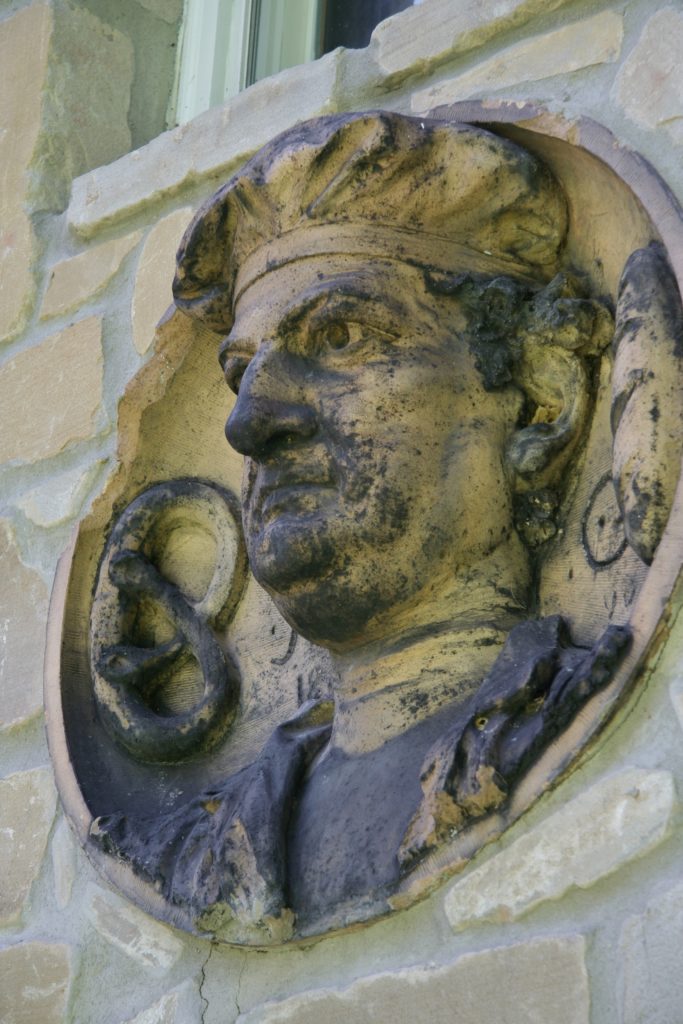
- Stone face medallions on Hines Hill Conference Center and Stone Cottage: These large carvings of a baker, tailor, and scholar stare down at you from the outside walls of the Conference Center. They were part of the original campus building of the University School. That building was demolished, but some of the faces were saved, including the ones that Gioia brought to Hines Hill. More recently, University School made castings of these faces, and others they have located, and have created reproductions of them which are now back on display at the new University School campus.
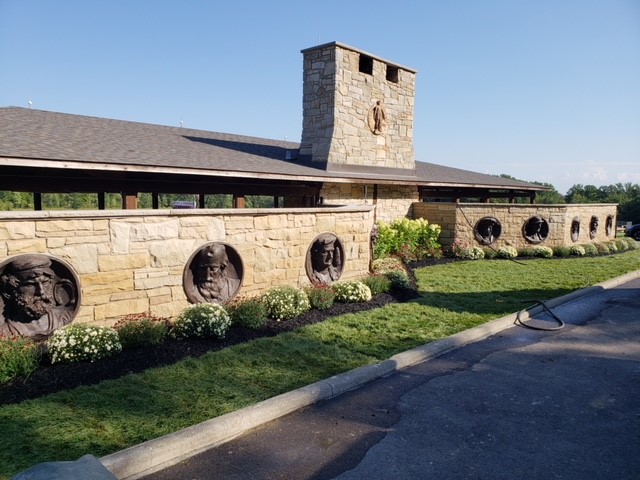
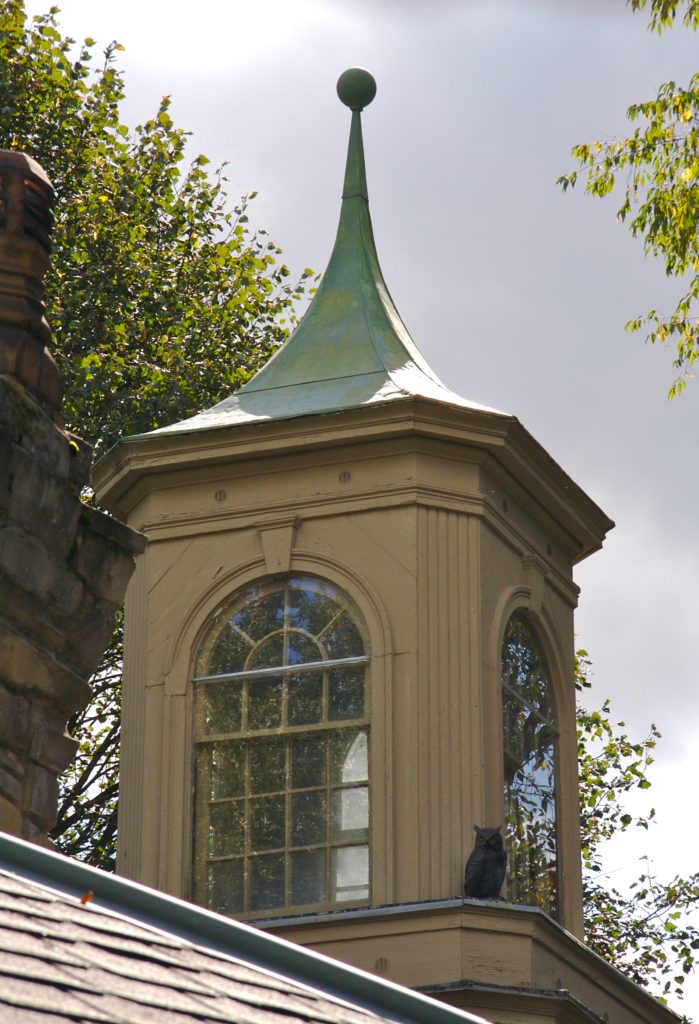
- Stained glass windows (throughout property): Stained-glass windows around the Hines Hill House and a few other locations on the property likely came from an unknown psychiatric building in the area. The copper cupola on the building also comes from the same place.
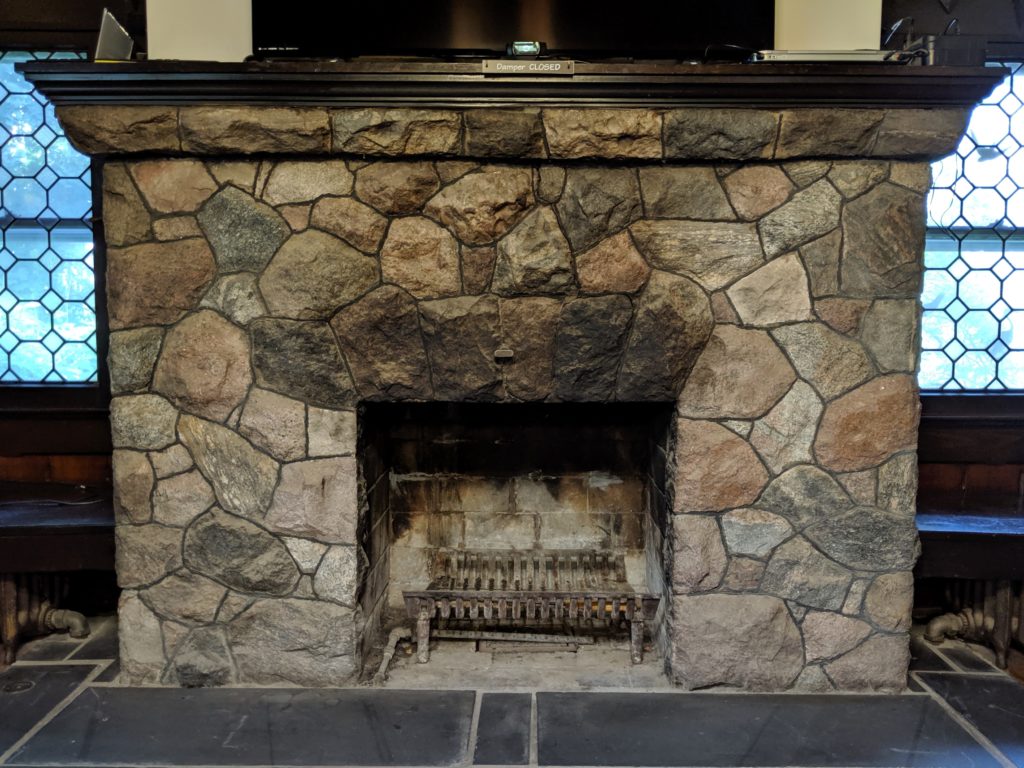
- Stone fireplace in Hines Hill House: The fireplace in our administrative office came from Case Western Reserve University.
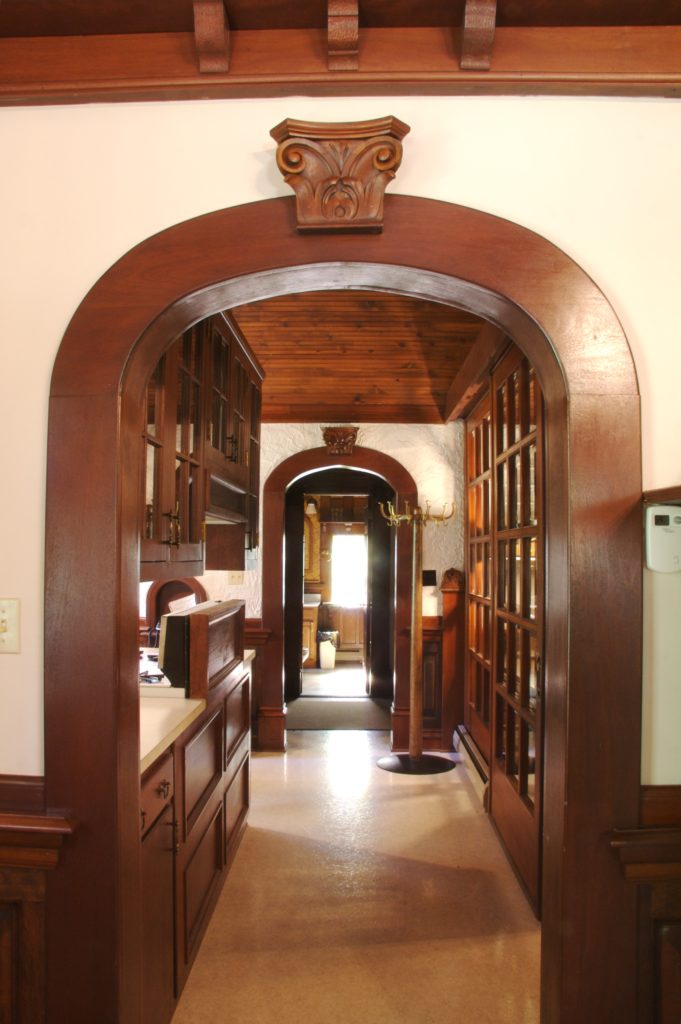
- Woodwork and sliding glass doors in the Stone Cottage: These gorgeous features also came from Case Western Reserve University, when the college’s old infirmary was demolished.
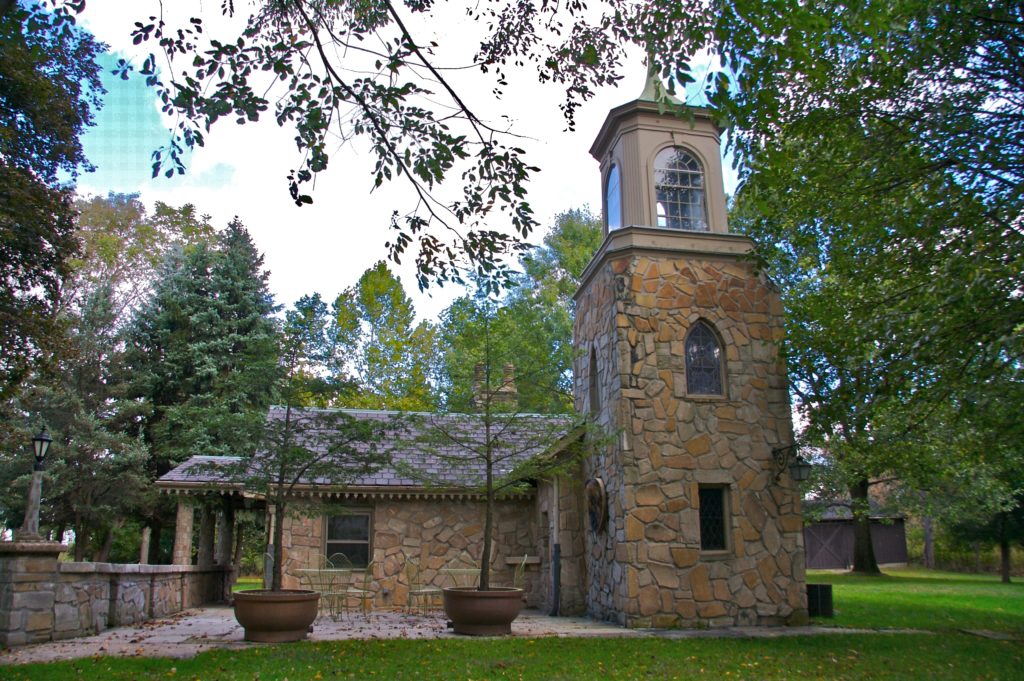
- Flat tops of stone walls: These come from Van Aken Rapid Station near Shaker Heights. Additional stone pieces on the outside of the buildings come from the old post office in downtown Cleveland.
There are still some mysteries about the origins of many pieces, including several pieces of intricate woodwork, leaded-glass windows, and French doors. Part of the fun of exploring is wondering about the past lives of these unique pieces!
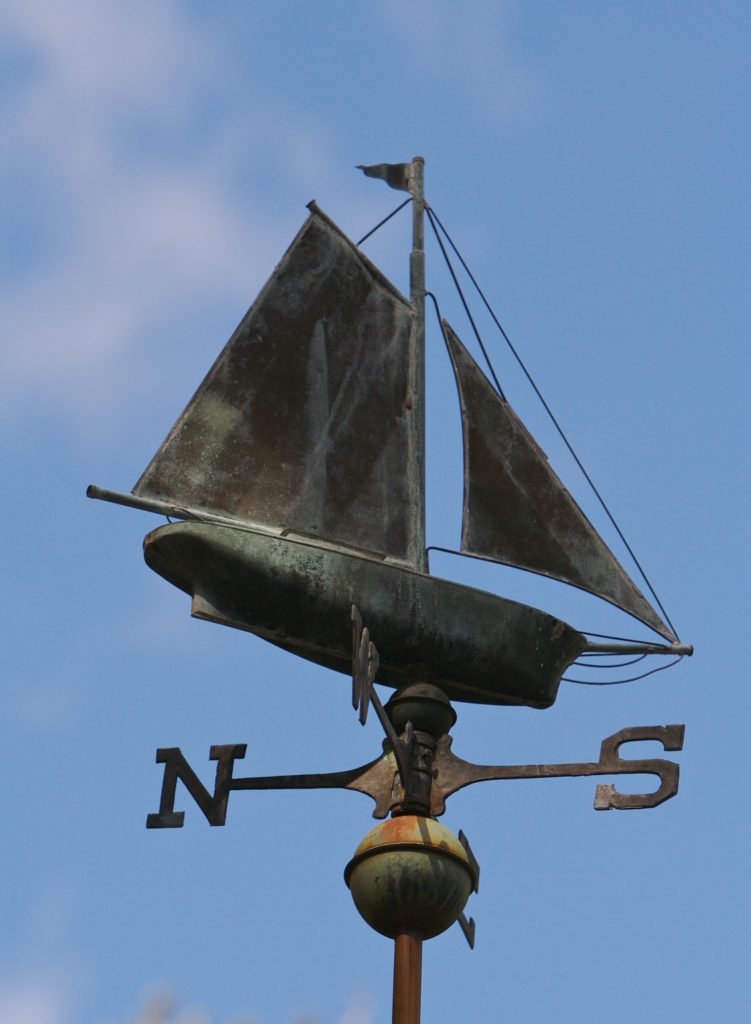
Hines Hill Today
The national park purchased the Hines Hill property in 1988, and the Conservancy moved in on November 15, 2004. Today, you can find Conservancy staff and park volunteers here on a daily basis—as well as a variety of wildlife, including pileated woodpeckers, red-tailed and Cooper’s hawks, red foxes, wood ducks, and deer.
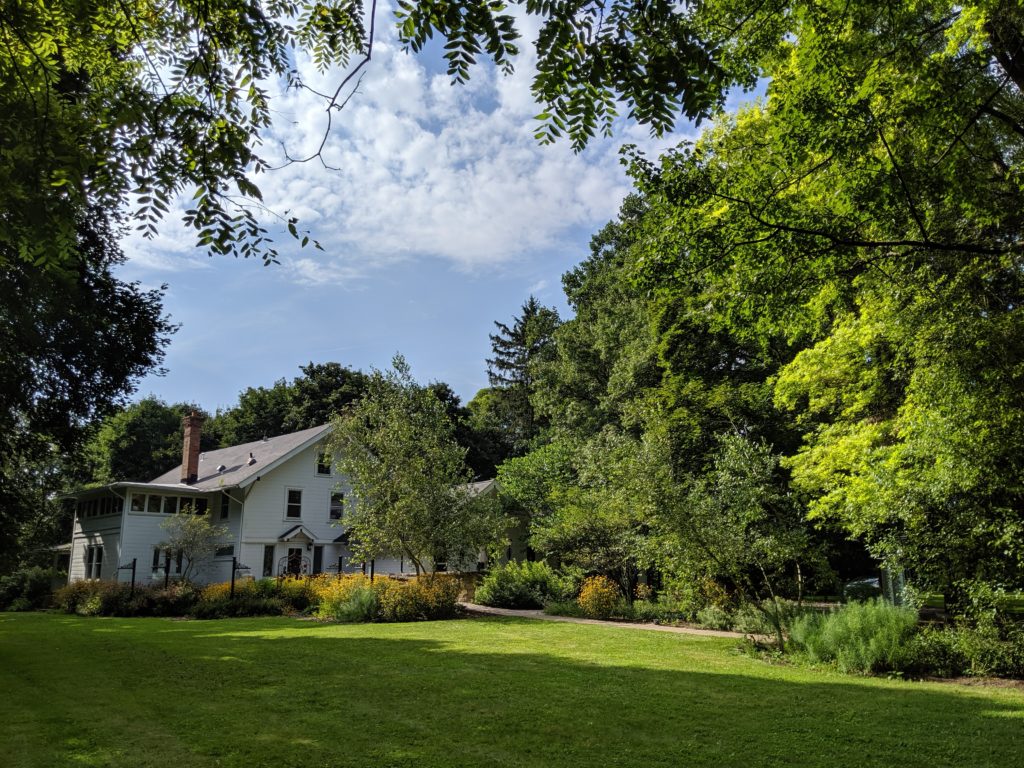
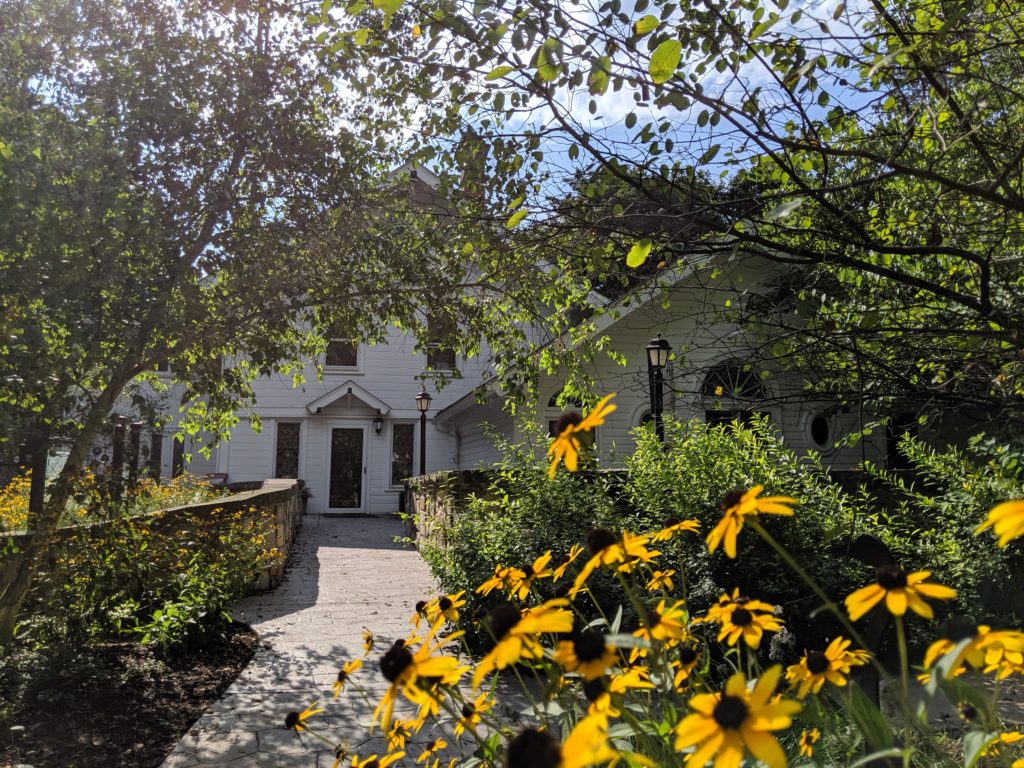
If you want to hang out a bit longer, you might consider renting one of our spaces for a birthday party, business meeting, or wedding.





